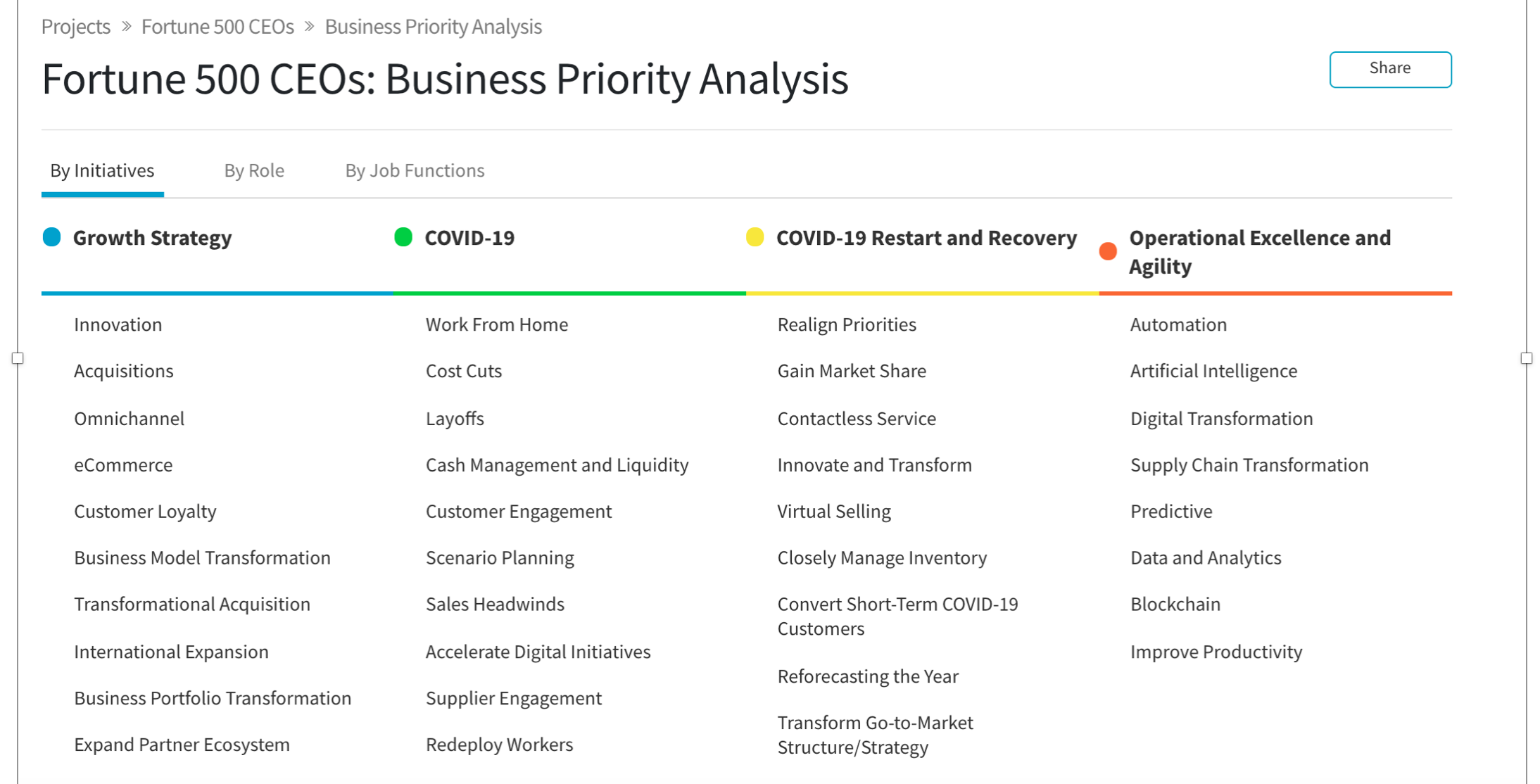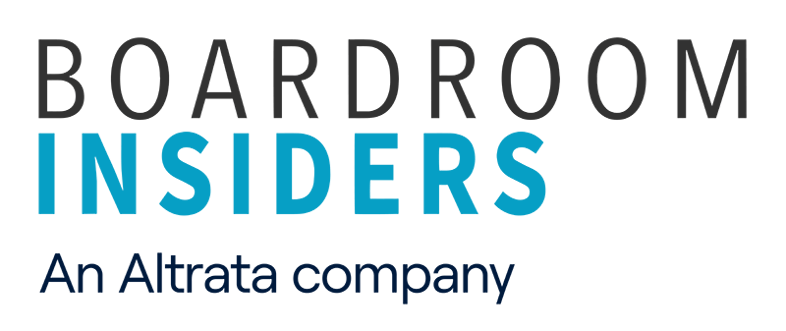As the saying goes, never let a crisis go to waste.
Once the initial pivot is complete and panic subsides, business leaders tend to reflect back on major crises as teachable moments, and today’s executives are mobilizing quickly to address structural, financial and personnel flaws laid bare within their organizations.
Now, months into the COVID-19 pandemic, CEOs have already pinpointed key lessons they expect to incorporate in the years to come. Our researchers have combed through multiple interviews and earnings calls in recent weeks to learn how leaders are reshaping their businesses to thrive in the “new normal.” Here are some of their insights:
Welcome to the age of “all hands on deck”
In a rapidly changing marketplace, where digital transformation has become a necessity, even the biggest businesses have, in essence, become startups. Fortune 500 companies and major conglomerates have made a conscious shift away from in-house competition and departmental autonomy and toward the open collaboration model of their smaller, leaner counterparts.
For instance, IBM is one major company that is streamlining itself to combat years of slumping sales. “We are also working to fundamentally shift our operating model,” said Jim Kavanaugh, vice president and CFO during IBM’s July earnings call. “We're simplifying the geographic dimension of our go-to-market by consolidating our operations and moving to a streamlined structure for sales teams to be more flexible and responsive to our clients.”
Where there’s change, there’s opportunity to forge relationships
In an effort to think outside the box, many executives are thinking outside their companies, as well, and are forging new strategic partnerships with vendors and rivals. In several cases, these partnerships are presenting opportunities that wouldn’t otherwise exist.
One such example is the recently announced code-sharing deal between American Airlines and JetBlue. The deal gives customers access to routes across both airlines. “This partnership with American is the next step in our plan to accelerate our coronavirus recovery, get our crew members and our aircraft flying again, and fuel JetBlue’s growth into the future,” said Joanna Geraghty, president and COO of JetBlue, in a joint statement.
The pandemic is all the more reason to automate key functions
With recession woes and cash-flow concerns exacerbating an already complicated pandemic response, many CEOs are looking for ways to do more with less. And the need for efficiency has made automation even more imperative to long-range strategic plans. Whether that takes the shape of a chatbot or a self-service kiosk, the automation arms race is on.
Wells Fargo is one on the cusp of a substantial reboot. Company CEO Charlie Scharf has made it his goal to cut $10 billion expenses at the bank to better compete with its peers.
“We also have the opportunity to apply lessons we have learned since the onset of the pandemic to drive efficiency across the company,” Scharf said in a July earnings call. “Over the medium term, we have the opportunity to materially reduce our expenses, including increasing digital adoption for retail and commercial clients; reducing third-party spend; consolidating locations, including branches, field offices and corporate sites; and at applying technology differently.”
What they’re saying
David Gibbs, CEO, Yum Brands, Inc.
“One of the great things that is going on right now is myself and all of the brand teams and the Yum! executive team are meeting every other day on this crisis to compare notes and leverage our learnings from around the world. We sit in a very unique position, starting with leveraging the learnings that came out of Asia and Yum! China, but all of the other things that are going on around the world right now. This is a great opportunity for us to work closer together, and that is exactly what is happening. So I don’t think that is going to be a structural change. I think it is a mindset change. I have talked a lot about the need for even more collaboration in the new world. That is happening, and I think that will serve us well, when we come out of this on the other side." (April 2020)
Kevin Hourican, CEO, Sysco
“The crisis has galvanized our team to focus on a narrow set of strategic initiatives, and we are working in an agile and collaborative manner in a way that is better than at any time in our proud company's history.” (May 2020)
Ted Doheny, CEO, Sealed Air
“Before the crisis, we were focusing on automation because our customers had labor scarcity. … [now automation is about] keeping people out of harm’s way…Practicing social distancing and implementing automation to do more with less by investing and working smarter has become even more important to both our operations and our customers. We're accelerating our innovations to support a more touchless digital world.” (May 2020)
Trending right now
As all sectors rush to modernize operations for a newly contactless world, there are several key objectives that stand out among CEO priorities. As Q3 begins, we’ve noticed a groundswell of digital adoption and a plethora of related interests:
- Virtual selling to connect with socially distant customers
- Omnichannel support to maintain fluid transactions
- Accelerating digital initiatives before it’s too late
- Deploying these innovations to gain market share
- Shoring up customer loyalty programs to facilitate digital transitions
- Boosting digital footprint through strategic acquisitions
- Coordinating go-to market strategy across remote stakeholders
- Transforming supply chains to support customer and vendor relationships

Your Next Steps
We all need to be aware of how executive priorities are changing. Marketers should be focused on bringing the latest information to their account teams as it develops. Given that we employ a small army of really smart people to read and parse corporate earnings call transcripts and CXO interviews all day long, we can help by feeding you the latest.
What do you do with this information? Do what you have always done — align and support. Here are the four questions you should try to answer about all of your top accounts:
- How has their strategy/priorities shifted post-COVID-19?
- What are they cutting?
- Where are they investing--or doubling down?
- What can you offer that supports their current focus?






Share Your Thoughts